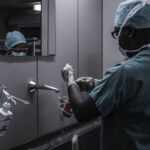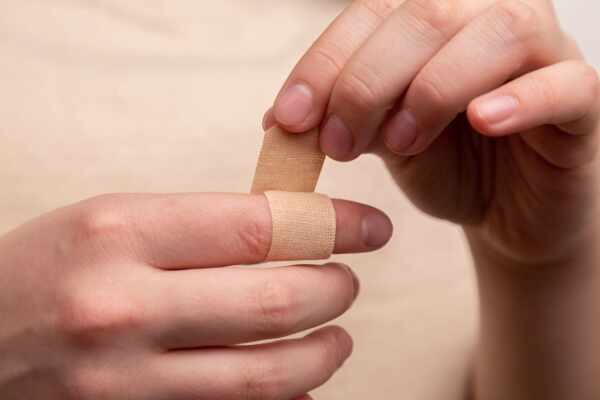Hypospadias condition is a congenital defect that affects an estimated 1 out of 200 boys.
The condition entails the dislocation of the meatus (opening) of the penis. The urethra, i.e., the tube that helps discharge urine from the bladder to the outside, opens at the head of the penis. A child affected by hypospadias condition presents with an abnormally located urethral opening.
The actual cause behind hypospadias is unknown. The penis begins to form in the fifth week of fetal development. The release of hormones monitors this process. Disruption in this process results in hypospadias, as suggested by experts.

- Signs and symptoms of hypospadias
The primary indication of hypospadias condition is the presence of the urethra on a location other than the head of the penis, most commonly the underside of the penis. Other signs include:
- A downward urinary spray
- A hooded appearance of the penis due to the presence of extra foreskin on the top
- An abnormally looking penis tip
- A downward curving penis, or chordee
- Undescended testicles
- Inguinal hernia, i.e., hernia of the groin
Hypospadias varies in degree of severity depending on the location of the meatus.
This raises the question: can hypospadias correct itself?
In minor cases, the child does not experience any functional problems and may not require correction. The majority of hypospadias cases, however, present with functional issues and require treatment.
- Treatment for hypospadias
In order to correct hypospadias, surgery is the treatment of choice. The procedure requires the surgeon to create an extension of the urethra to normal position, i.e., the penis tip, and also straighten the penis in cases of chordee. Penile skin tissue may also be used to create a new urethral pathway for the urine to pass.

- Why surgery?
Owing to the functional limitations posed by hypospadias, normal urination, in particular, hypospadias repair surgery is considered the best treatment option.
Not only does surgery correct functional problems but cosmetic defects as well. Cosmetic defects harbor significant social implications that may result in self-esteem issues in the child.
In cases of chordee, surgery is also necessary. A straight and erect penis is critical for proper sexual function. If chordee is severe, it may inhibit sexual function in adulthood.
- Hypospadias repair surgery: The procedure
In hypospadias repair surgery, a tube-shaped flap of skin from the penis shaft is used to form a new part of the urethra. The new urethra is allowed to heal with the help of a stent, i.e., a silicon-plastic tube that diverts urine away from the surgical site.
The procedure is a relatively simple and routine one and lasts between 1 to 3 hours on average. Most patients are allowed to go home on the same day.
In severe cases of hypospadias, more than one surgery may be required. The traditional approach involves 2 or 3 operations. The first stage involves straightening the penis in cases of chordee.
Six to twelve months later, the second surgery is performed, which involves the construction of a new urethra using skin grafts or penile skin grafts.
The latest employed treatment regime combines both procedures, i.e., penile straightening and neorethra creation, in one.
- Complications associated with hypospadias repair surgery
Every surgery comes with a set of complications. Here is a list of potential risks and complications that may accompany hypospadias or chordee repair surgery.
- Bleeding: Bleeding is a risk associated with any surgical procedure. Pressure dressings are used to prevent post-op bleeding. Severe bleeding is rare with hypospadias.
- Infection: Surgeries come with a risk of infection. Precautions used to prevent their incidence include post-op antibiotics, especially in patients who are given a catheter.
- Bladder Spasms: Bladder spasms are a common occurrence with indwelling catheters. Medication, such as Ditropan, may help the issue, but discomfort may persist.
- Fistula: The formation of a fistula, or opening, is a potential complication of hypospadias surgery. The fistula results in urine leaking from a site other than the urethra. The risk of fistula formation increases with the complexity of the procedure and hypospadias severity.
- Stenosis: Stenosis refers to the narrowing of the urethra either at the meatus of the site where the neorethra joins the pre-existing urethra. The problem is fixed by performing a procedure called an internal urethrotomy.
- Recurrent Chordee: Chordee may return in some cases after the surgery and may require an additional procedure.
- Parting thoughts
Hypospadias is a condition that does not correct itself. Therefore, it is critical to consult a professional, if you, as a parent, notice the issue in your child.
Hypospadias is a routine procedure with a high success rate; therefore, there is little to worry about. The best time to perform hypospadias repair surgery is between 3 to 18 months of age, as it ensures the best possible results.
We recommend seeking a professional’s help to address any queries.











